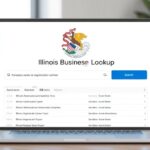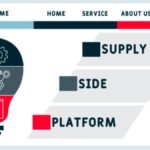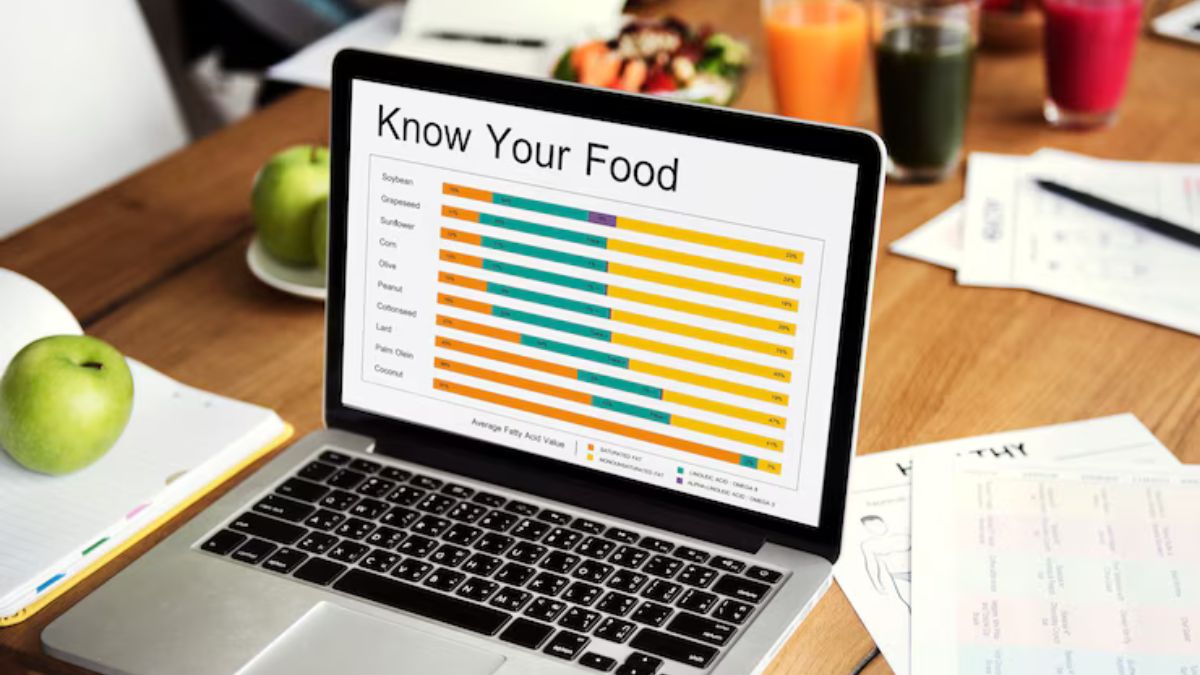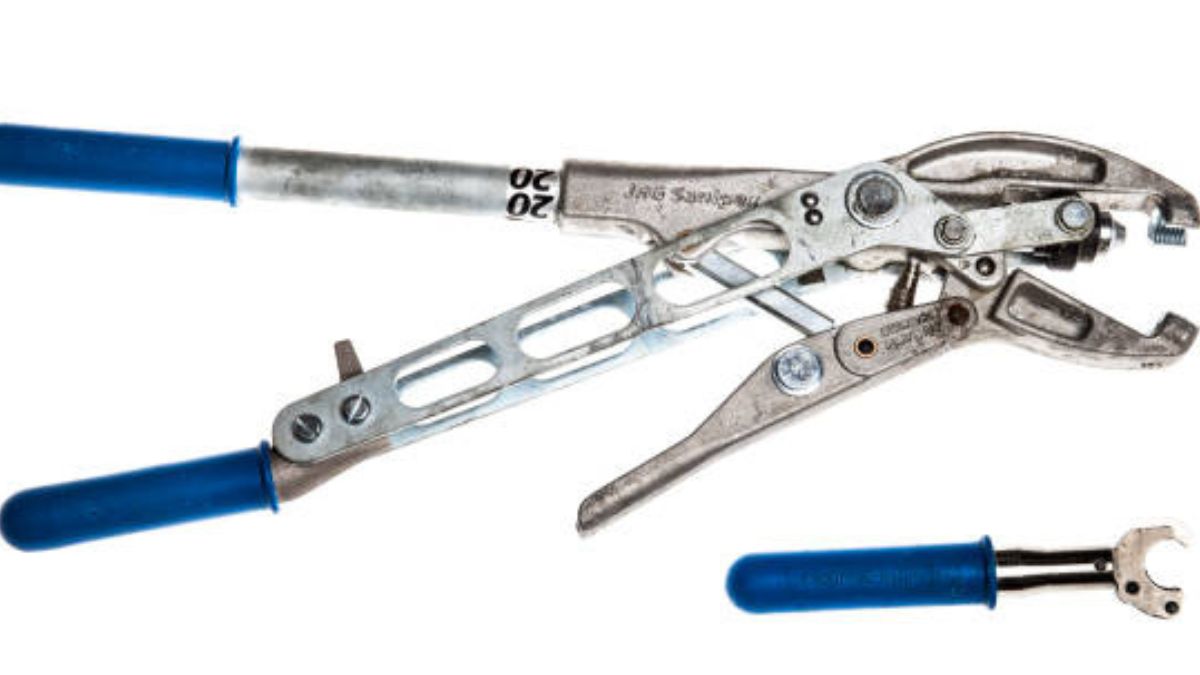Every child deserves the opportunity to thrive, and for many, an Individualized Education Program (IEP) is a crucial step towards achieving that goal. One often-overlooked aspect of IEPs is the incorporation of life skills education, particularly in measuring and recipe creation. Imagine a student not only learning how to read measurements but also gaining confidence by creating delicious dishes from scratch. This dual-focus can provide essential tools for independence. Measuring and Recipe Educational IEP Goal goes beyond the kitchen; it fosters critical thinking, problem-solving skills, and organizational abilities. By integrating these practical lessons into an IEP, educators can help students develop valuable competencies that last a lifetime. Let’s dive deeper into why this educational approach matters and how it can be effectively implemented in support of diverse learners’ needs.
Understanding the Importance of IEP Goals
IEP goals are the backbone of personalized education plans for students with disabilities. They provide a clear roadmap to track progress and ensure that each child’s unique needs are met.
Setting specific, measurable objectives helps educators focus on individual strengths and areas for growth. This personalized approach promotes engagement and motivation among students, making learning more relevant to their lives.
Moreover, IEP goals foster collaboration between teachers, parents, and specialists. Everyone involved can work together towards common targets, creating a supportive environment tailored to the child’s success.
When these goals are thoughtfully crafted, they pave the way for essential life skills to flourish. Each milestone achieved not only boosts self-esteem but also lays the foundation for future independence in both academic settings and beyond.
What is Measuring and Recipe Education?
Measuring and recipe education is a hands-on approach to teaching essential life skills. It focuses on understanding measurements, following instructions, and applying these concepts in the kitchen.
This educational method integrates math with everyday activities like cooking or baking. Students learn how to read recipes, measure ingredients accurately, and understand conversions between different units.
By engaging with actual food preparation, learners gain practical experience that reinforces their academic knowledge. This makes learning both relevant and enjoyable.
Additionally, measuring and recipe education fosters independence. Mastering these skills prepares students for future living situations where they’ll need to cook for themselves or others.
It’s not just about cooking; it’s about building confidence in handling tasks that many will face as adults.
The Benefits of Including a Measuring and Recipe Educational Goal in an IEP
Incorporating a measuring and recipe educational goal into an IEP offers numerous advantages. First, it enhances practical life skills that students will use daily. Understanding measurements is vital for cooking, baking, and even managing finances later in life.
Moreover, this type of education promotes critical thinking. Students learn to follow instructions, make decisions about ingredient substitutions, or adjust portions based on the number of servings needed. These activities encourage problem-solving abilities.
Social interaction also benefits from these goals. Cooking can be a group activity where students collaborate and communicate effectively with peers or family members. This fosters teamwork while making learning enjoyable.
Additionally, engaging with food can stimulate sensory exploration. Different textures and flavors provide new experiences that help develop cognitive functions such as memory and attention span.
Integrating measuring and recipes into an IEP nurtures valuable competencies that extend beyond the classroom.
Creating Measuring and Recipe Education Goals for Different Age Groups
Creating measuring and recipe education goals requires an understanding of developmental stages. Younger students may focus on basic concepts, like counting ingredients or recognizing measurements. Simple recipes that involve pouring or mixing can help build confidence.
As children grow, the complexity should increase. Older students might work with fractions and conversions, learning to adjust recipe serving sizes. Engaging them in meal planning enhances critical thinking skills.
For teenagers, real-world applications become essential. They can explore budgeting for meals while practicing measurement skills in a practical context. Encouraging creativity through unique recipe creation fosters independence.
Adapting these goals ensures inclusivity for all learners, considering individual needs and preferences. This tailored approach makes lessons more engaging and meaningful while developing essential life skills.
Strategies for Achieving Measuring and Recipe Education Goals
Hands-on activities can ignite a student’s interest. Use simple recipes that require measuring ingredients. This approach makes learning interactive and fun.
Incorporating technology is another effective strategy. Utilize apps or online tools that focus on cooking measurements and conversions. These resources cater to different learning styles.
Group activities foster teamwork and collaboration. Encourage students to work together on recipe projects, allowing them to share ideas while honing their measuring skills.
Visual aids play a crucial role too. Charts displaying common measurements help reinforce concepts in an engaging way.
Regular practice is essential for mastery. Schedule weekly cooking sessions where students can apply what they’ve learned consistently.
Celebrate small achievements along the way! Recognition boosts motivation, encouraging persistence toward achieving educational goals related to measuring and recipes.
Tracking Progress and Adjusting Goals
Tracking progress in measuring and recipe education requires consistent monitoring. Regular check-ins can reveal how well students grasp concepts like measurement conversions or following recipes.
Utilizing tools such as charts or digital apps makes it easier to visualize advancements. This method also motivates students, showing them how far they’ve come.
Adjusting goals based on these observations is crucial. If a student excels quickly in measuring ingredients, elevate the complexity of tasks. Conversely, if challenges arise, consider simplifying objectives to ensure mastery before moving forward.
Incorporating feedback from both students and educators can guide goal adjustments effectively. Encouraging open dialogue fosters a supportive learning environment where evolving needs are addressed promptly.
Conclusion: Empowering Students with Life Skills Through Measuring and Recipe Education
Empowering students with life skills through measuring and recipe education is a transformative approach to learning. Such goals not only enhance academic abilities but also foster independence and confidence in everyday tasks. By integrating these practical lessons into IEPs, educators provide students with tools that extend beyond the classroom.
Measuring ingredients for a recipe may seem straightforward, yet it encompasses critical thinking, math skills, and sensory experiences. Students learn how to follow directions while developing an understanding of quantities and measurements—skills essential for various aspects of daily living.
As we create tailored educational plans focused on measuring and recipes, we equip students with essential knowledge they can carry throughout their lives. These competencies empower them to navigate kitchens confidently or even host gatherings when they’re older. Through engaging activities focused on culinary arts, students experience success that reinforces motivation.
By focusing on individualized approaches at different age levels, teachers can inspire creativity while meeting diverse needs. With consistent tracking of progress and strategic adjustments along the way, each student’s journey becomes uniquely impactful.
Investing in these educational goals paves the way for lifelong learning opportunities rooted in practicality and joy. Empowering every student through measuring and recipe education lays the foundation for thriving futures filled with autonomy in both personal cooking endeavors as well as other significant life tasks ahead.











